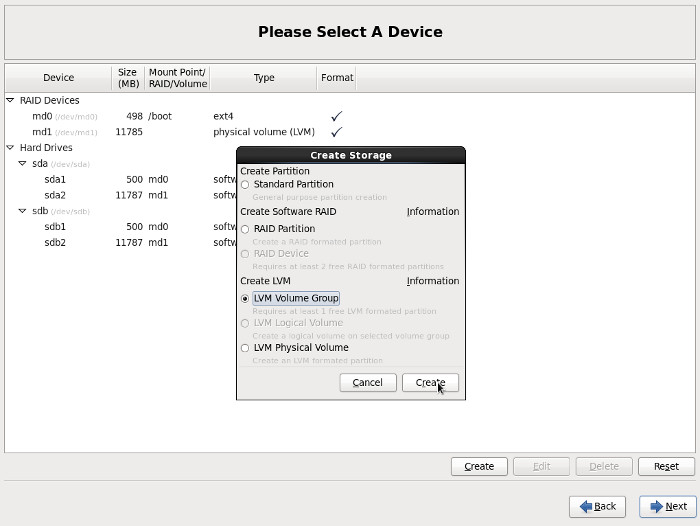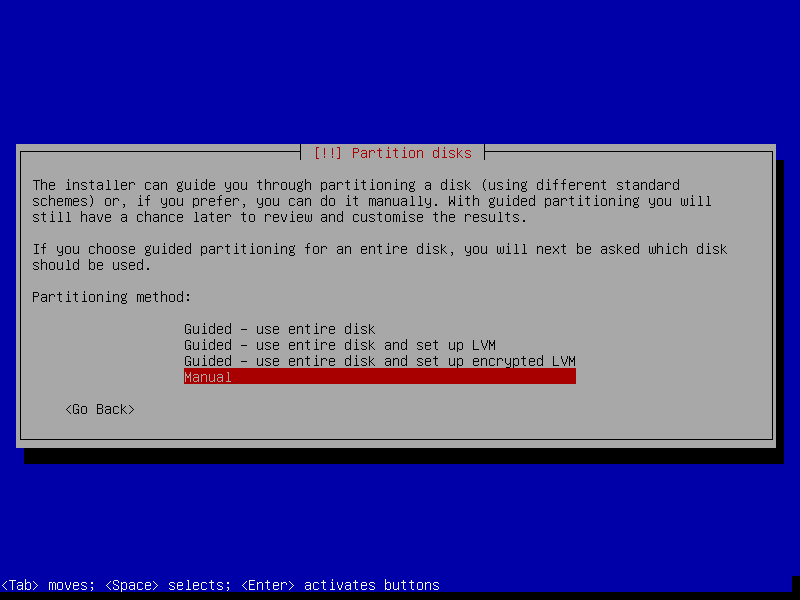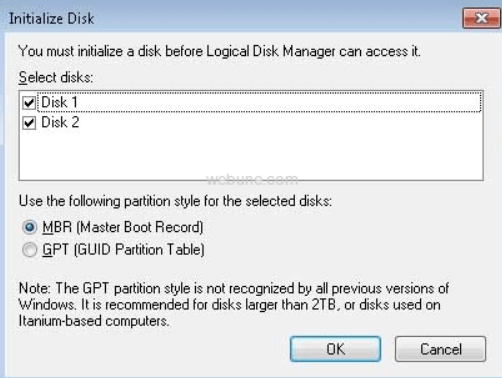

In the left panel, select Hard Disks and select theĭevice you want to use.
#CREATE BOOT PARTITION IN RAID SOFTWARE#
Set up the Linux RAID format for each of theĭevices you want to use for the software RAID. Click Rescanĭevices to delete the proposed partitioning. (Optional) In case you have used the suggested proposal and you do not need it anymore. (Optional) You may need to configure multiple network interfaces for FCoE, click Configure FCoE to do so. Refer toĬhapter 15, Mass Storage over IP Networks: iSCSI for further details. Need to enable the iSCSI Initiator software by choosing Configure › Configure iSCSI from the lower right section of the screen. (Optional) If there are iSCSI target devices that you want to use, you You can also discard the suggested proposal by clicking Start with Existing Partitions. YaST makes a default proposal, you can use this proposal by clicking Start with Current Proposal. Start the installation with YaST and proceed as described inĬhapter 8, Installation Steps until you reach the SuggestedĬlick Expert Partitioner to open the custom

Multipath support before you create the RAID device.

If your storage subsystem provides multiple I/O paths between the serverĪnd its directly attached local devices, Fibre Channel devices, or iSCSIĭevices that you want to use in the software RAID, you need to enable the Initiator support before you create the RAID device. If you are using iSCSI target devices, you need to enable the iSCSI If you are using hardware RAID devices, do not attempt to run software It needs to be VFAT-formatted,Īnd may reside on the RAID 1 device to prevent booting problems in case This partition should be, as suggested, about 200MB in size. To do this, create on both hard discs a RAID Partition. MBR is not an option, /boot needs to reside on aįor UEFI machines, you need to set up a dedicated We will use LVM (Logical Volume Manager) later on to create the partitions we need, but for the boot partition we can not create an LVM partition, so we need to create a separate RAID 1 partition for the /boot partition. The block storage devices can be any combination of local (in orĭirectly attached to the machine), Fibre Channel storage subsystems, orĪ separate partition for /boot is not required if you The RAID assumes the size of the smallerĭrive. You need two hard disks to create the RAID 1 mirror device.


 0 kommentar(er)
0 kommentar(er)
